A Shad is any number of fishes in the Alosinae subfamily. Researchers recognize about 30 different species, which live throughout the world. People consider several different groups and species as important game and commercial fish.
One of the best-known and most popular is the American Shad. For this reason, we will primarily on this species throughout the course of the article. Read on to learn about the Shad.
Description of the Shad
This species has a dark blue colored back, the rest of its body is light silver, and its underbelly is white colored. You can distinguish this species by the short row of dark colored spots along its shoulder.
Most adults measure about 22 in. long and weigh about 5 lbs. or so. However, they range in size between 17 and 30 in. in length.
Interesting Facts About the Shad
These fish have several interesting behaviors and a surprisingly historic past. Learn more about what makes this species so interesting, below.
- Anadromous – The majority of the time, these fish spend their lives swimming in the sea. However, this species is anadromous, which means that they breed in freshwater and live in saltwater.
- Hungry Habits – Unlike some other anadromous species, such as salmon, this fish continues to eat on its way to its breeding grounds. In salmon, the digestive system shuts down during this time.
- Semelparous and Iteroparous – Because they can continue eating, these fish do not always perish after breeding, like salmon do. Though some are semelparous, and only live to reproduce once, many northern populations are iteroparous and breed for several seasons.
- Call it a Comeback – The American people once relied heavily on this species as a source of food in the Northeast. However, fishing and heavy pollution, have caused a sharp decline in their populations. Thankfully, with intensive protection efforts, this species is bouncing back in a big way.
Habitat of the Shad
These fish occupy a number of different habitat types throughout their life. They hatch in freshwater rivers. As they grow, they make their way towards the ocean. During their time in the ocean, they live primarily in shallow coastal areas.
However, during the winter months this species moves to deeper waters, sometimes up to 1,200 ft. deep! As breeding season arrives, they return to the freshwater river systems to breed.
Distribution of the Shad
You can find this species from Newfoundland and Labrador down the eastern coast of Canada and the United States. Its range extends all the way to Florida. Humans have also introduced this species in portions of Alaska, as well as Baja California and a few other regions in the Pacific Ocean.
Diet of the Shad
The diet of this species varies based on their age and size. Younger individuals feed primarily on tiny invertebrates, like insect larvae and zooplankton. As they age and grow larger, they begin feeding on fish eggs, insects, worms, and eventually small fish, shrimp, and various crustaceans.
Shad and Human Interaction
Humans catch this species as a sport fish. It is also quite tasty, and people eat both their meat and their eggs. In the past, overfishing and pollution have caused severe population decline for this species.
Thankfully, added protections to both the fish and their freshwater breeding grounds have resulted in stable populations. For this reason, the IUCN lists this species as Least Concern.
Domestication
Humans have not domesticated this species in any way.
Does the Shad Make a Good Pet
Though people do keep this fish in aquariums and fish farms, they generally do not make good pets. You must have ample space, and a saltwater tank, to keep this species alive. They simply do not make for good additions to your home aquarium.
Shad Care
Conservation programs commonly keep this species in fish hatcheries. They use hatchery-bred animals to boost local populations when their numbers suffer.
Researchers keep the fish in large areas and raise them to adulthood before releasing them into the wild populations. Using this method, scientists have successfully reintroduced these fish to areas that people have wiped them out.
Behavior of the Shad
This fish has relatively simple behavior. They swim in groups, known as schools. The young hatch in rivers, and feed on microorganisms until they grow large enough to travel to the ocean. In the ocean, schools use filter feeding to eat young fish, larvae, and small crustaceans.
During the winter, they migrate to deeper waters. As spring arrives, breeding individuals migrate up into the rivers to reproduce.
Reproduction of the Shad
These fish reproduce via spawning, this means that the females release their eggs into the water and the males fertilize them. Females begin reproducing when they are about four years old. After laying their eggs, the females do not protect their eggs or young in any way. It takes about a week for the eggs to hatch after fertilization.
Beliefs, Superstitions, and Phobias About the Shad
Throughout North America, people hold several different festivals for this fish. These festivals celebrate this fish species, which has historically been an important source of food for people in the Northeast.


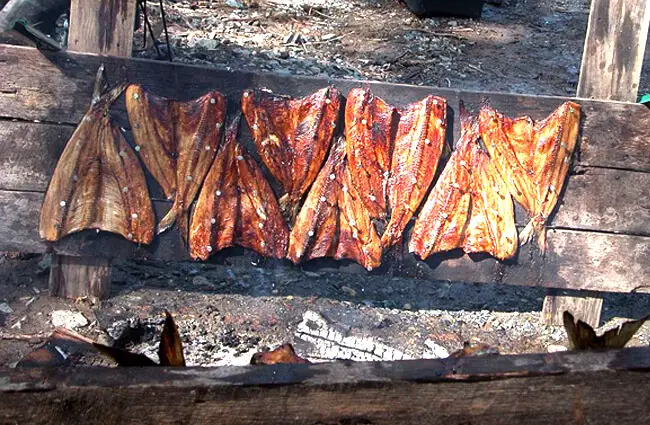

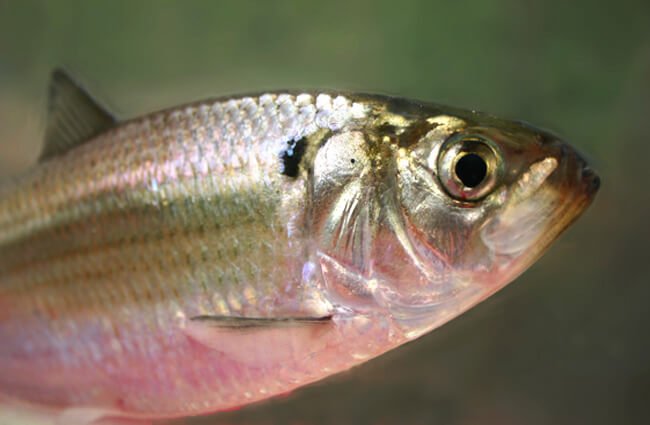
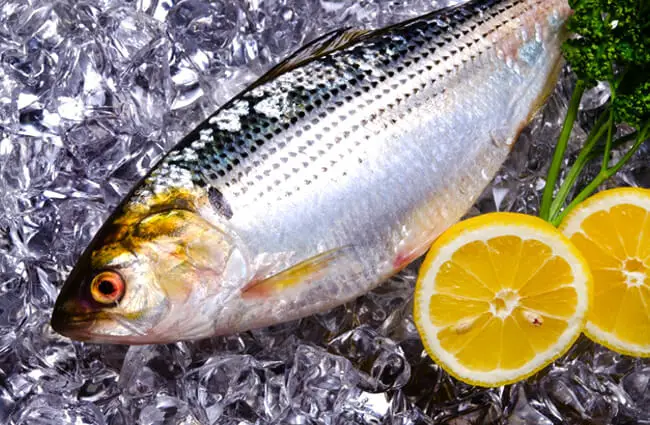
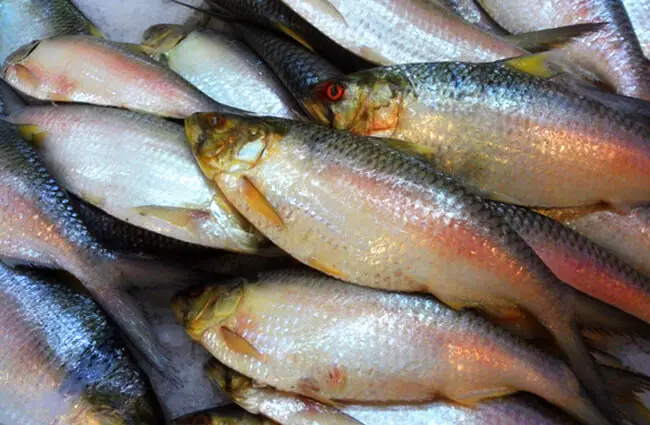



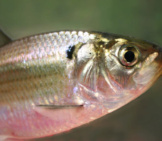

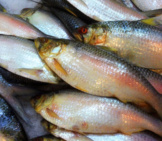
![Red Angus Closeup of a beautiful Red Angus cowPhoto by: U.S. Department of Agriculture [pubic domain]https://creativecommons.org/licenses/by/2.0/](https://animals.net/wp-content/uploads/2020/03/Red-Angus-4-238x178.jpg)












![Red Angus Closeup of a beautiful Red Angus cowPhoto by: U.S. Department of Agriculture [pubic domain]https://creativecommons.org/licenses/by/2.0/](https://animals.net/wp-content/uploads/2020/03/Red-Angus-4-100x75.jpg)

